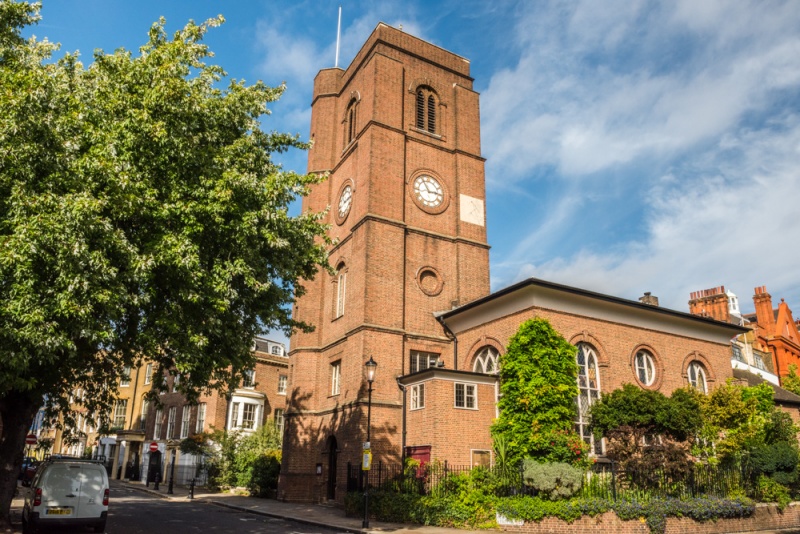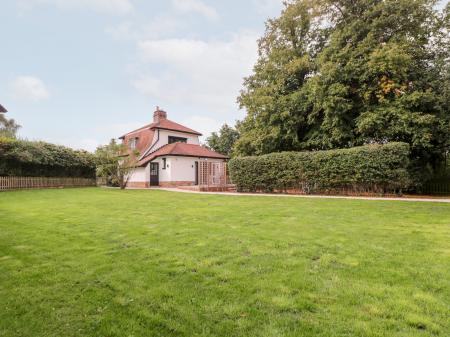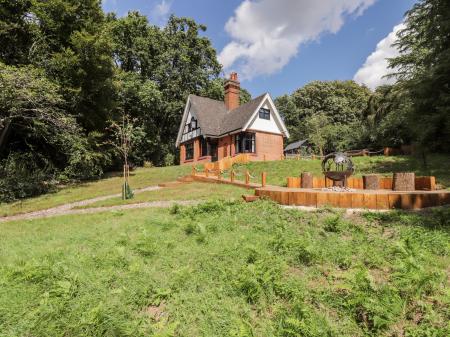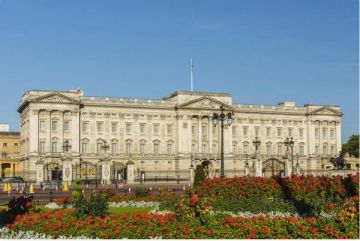
Standing just a few yards from the River Thames, this historic church has a history going back into the depths of the Dark Ages. There was almost certainly a church in this spot by the 8th century, and it served as the parish church for Chelsea before the area was absorbed into the growing London metropolis.

Sometime in the 13th century a new stone church was erected. The earliest part of the church was the chancel, to which north and south chapels were added around 1325. The nave and the tower did not follow for several centuries; around 1670.
The north chapel was built by the Lawrence family, lords of the manor of Chelsea. The south chapel was built in 1528 by Sir Thomas More as a private chapel. The pillars flanking the chancel entrance were designed by Hans Holbein, the court painter most famous for his portraits of Henry VIII. The pillar capitals show symbols of More's religious and political offices. An unsubstantiated story says that More's daughter Margaret brought his body secretly to Chelsea Old Church for burial after his execution in 1535.
The medieval church was devastated by a WWII bomb, and almost every part of the structure was heavily damaged except for the More Chapel. The Chapel was reopened in 1950, the Chancel and Lawrence Chapel in 1954, and the church reconsecrated in 1958 with an audience that included HRH The Queen Mother.
Chelsea Old Church is claimed to have the most impressive array of monuments outside Westminster Abbey. One of the most easily viewed is the ornate 1753 memorial to Sir Hans Sloane, whose collections of curiosities formed the basis of the first British Museum. Sloane donated several rare books to the church, including a 'Vinegar Bible' of 1717 and a copy of Foxe's Book of Martyrs (1684).
In the chancel is the tomb that More designed for himself and his wives. On the south side is the tomb of Lord Dacre, who owned More's Chelsea properties after his execution. In the More Chapel is the tomb of Jane Guildford, Duchess of Northumberland (d. 1555). In the chancel is the tomb of Sir Edmund Bray (1539), below a memorial to the Hungerford family (1581). On the south wall is a memorial plaque to novelist Henry James, and on the north chancel wall near the altar is a plaque to Sir Hans Sloane, erected by The British Museum Friends.

Other highlights include a monument to Sir Thomas Lawrence (1593) in the chapel that bears his name. Also in the Lawrence Chapel is a tomb to Sarah Colville, Sir Thomas' daughter (d. 1632) and Sir Robert Stanley (d. 1632). One of the most impressive memorials is a grandiose Renaissance tomb by the Italian sculptor Bernini to Lady Jane Cheyne (d. 1669), daughter of the Duke of Newcastle.
Though much of the red-brick building is the result of post-bomb restoration, the church itself is redolent with history. Henry VIII worshipped here with Jane Seymour, Lady Jane Grey took communion here, Elizabeth I and her successor James I both attended services here. John Wesley preached from the pulpit at Chelsea when other Anglican churches closed their doors to him. The church also appeared in landscape paintings by JMW Turner and James Whistler.
A statue to Sir Thomas More stands just outside the churchyard, and a stone's throw away is Thomas Carlyle's house. Immediately west of the church stands Roper Gardens, a public green space created on the site of a garden given by Thomas More to his daughter and son-in-law.
Visiting
It is so wonderful that historic places like this still exist, even in the midst of a modern city. As I discovered to my cost, the church has limited public opening hours. At present this is Tuesday, Wednesday and Thursday from 2 - 4 pm, but it is a good idea to check the church website before making a trip. I suggest combining the church with a visit to Carlyle's House, just around the corner, and Chelsea Physic Garden, a 5-minute walk east. This is easily one of the most enjoyable historic churches to visit in London, and well worth taking the time to visit on the few afternoons each week that the building is open.
The easiest way to reach the church is by tube, from Sloane Square station (District Line). Exit the station onto King's Road, and follow it to Oakley Street. Turn left on Oakley Street, then right at the end of the road onto Cheyne Walk. You will see the church tower directly ahead of you. The entrance is on Old Church Street, and the statue of Sir Thomas More is directly in front of the church on the south side (nearest the river).
From Sloane Square it will take approximately 15 minutes to reach the church. Carlyle's House (National Trust) is just around the corner on Cheyne Row, while further west along Cheyne Walk is Lindsey House, an elegant 17th-century townhouse built upon the site of Sir Thomas More's garden.













